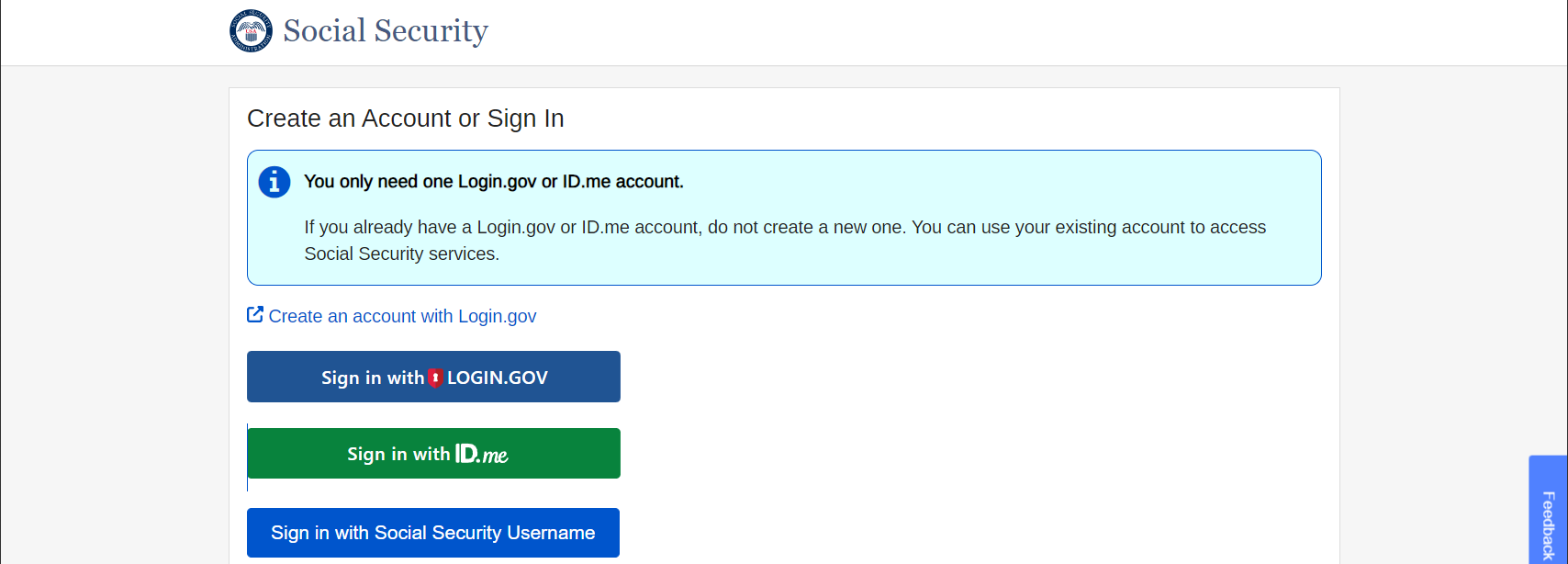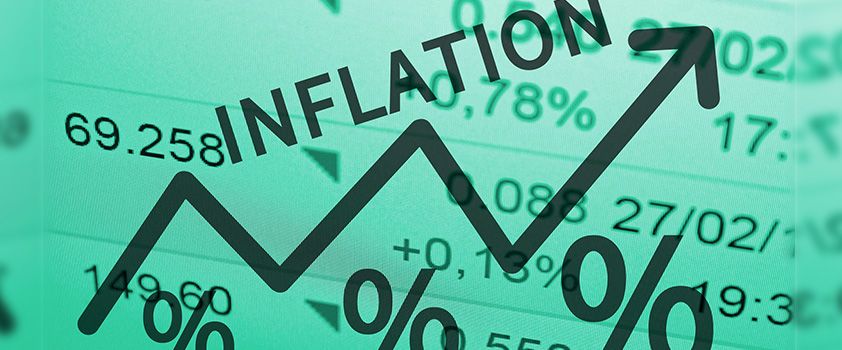Secure Act 2.0: How It May Impact Your 401(k) Savings
This is a subtitle for your new post

In response to the retirement crisis in America, the U.S. House of Representatives recently passed the Securing a Strong Retirement Act of 2022 by an overwhelming bipartisan vote of 414 to 5.
The bill, which passed March 29, is referred to as Secure Act 2.0 because it builds on the Setting Every Community Up for Retirement Enhancement (SECURE) Act of 2019. It aims to significantly improve retirement savings plans for Americans.
The Senate working on its own version of the bill, the Retirement Security and Savings Act, is similar to the House bill. It’s expected that, after the Senate passes its version, both bills will be reconciled before being sent to President Biden for signature.
As of publication, the expected timeline for the Senate to mark up and pass their version of Secure 2.0 is sometime in May or June.
Keep reading to find out the main provisions in the House Secure Act 2.0 bill and how, if it passes, it may affect your retirement future.
Delay in Required Mandatory Minimum Distributions
The Secure Act of 2019 increased the age investors had to begin taking RMDs (required minimum distributions) from employer-sponsored plans and traditional IRAs from 70½ to 72.
The Secure Act 2.0 increases this even further:
- For participants who reach age 72 after December 31, 2021, and age 73 before January 1, 2029, the age increases to 73.
- For participants who reach age 73 after December 31, 2028, and age 74 before January 1, 2032, the age increases to 74.
- For participants who reach age 74 after December 31, 2031, the age increases to 75.
The bill also has a provision that would greatly reduce the penalty for failure to take an RMD – from 50% to 25%. This excise tax reduction would be effective for tax years starting after December 31, 2021.
Higher Catch-Up Contributions
The proposed bill would keep existing 401(k) and 403(b) plan catch-up contribution limits for workers aged 50 to 61. However, it would increase the catch-up amount to $10,000 for those who are 62 – 64, starting in 2024. Under current rules, the 2022 limit on catch-up contributions for employees who have reached age 50 is $6,500, for a total contribution limit of $27,000.
Additional Catch-Up Contribution Changes
The Secure Act 2.0 will require all catch-up contributions to be made to Roth accounts, starting in 2023. This means all catch-up contributions would be made with post-tax dollars and can be withdrawn in retirement tax-free.
Employers Can Make Roth Matching Contributions
Starting in 2023, the Secure Act 2.0 would allow employees to elect that some or all of their company matching contributions be treated as Roth contributions (post-tax). Currently, employer matching contributions must be paid into pre-tax 401(k) accounts.
Mandatory Automatic Enrollment
The Secure 2.0 Act expands automatic enrollment in workplace retirement plans, requiring employers to automatically enroll eligible newly hired employees in 401(k) and 403(b) plans. Employees will be able to opt out, but automatic enrollment will be mandatory.
The auto-enrollment rate would be at least 3% of employees’ pay and not more than 10%, with an annual increase of 1% capped at 10%.
There are exceptions. Small businesses with 10 or fewer employees, companies in business less than 3 years, churches, and government plans are exempted from automatic enrollment requirements.
Part-Time Workers Get Easier Access to 401(k) Plans
In the Secure Act of 2019, long-term, part-time workers who worked at least 500 hours per year for at least 3 consecutive years (or those who have worked one full year with 1,000 hours clocked) are eligible to participate in their employers’ 401(k) plans.
The Secure Act 2.0 shortens the period from 3 years to 2 years, with the first group eligible on January 1, 2023.
Note : The above rules are the maximum service requirements that a plan can impose – employers can lessen service requirements.
Student Loan Matching Would Be Legal
For plan years beginning after December 31, 2021, the Secure Act 2.0 allows employers to make matching contributions based on an employee’s student loan payments, even if the employee is not making retirement plan contributions.
These are just a few of the provisions in the House bill that may impact your retirement planning and saving in the next few months. We will keep you posted as the Senate finalizes its version.
Sign Up For Our Blog!
Tru Financial Strategies Blog










